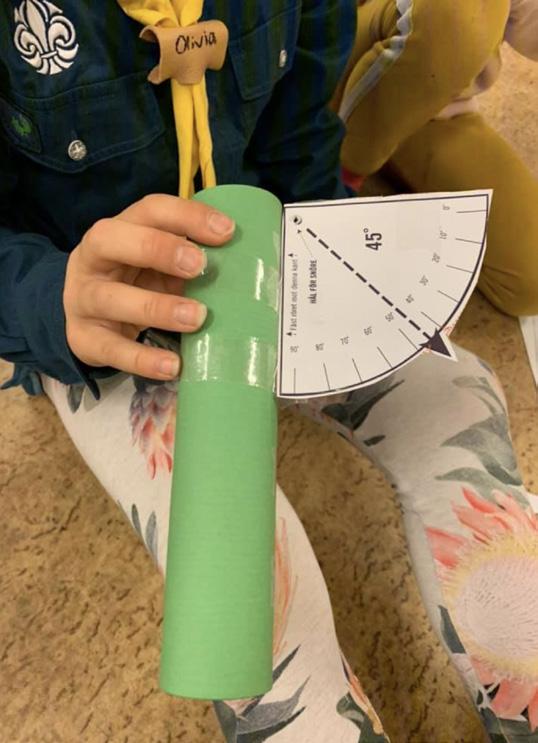
2 minute read
LIGHT POLLUTION - A GROWING PROBLEM
Background and objectives
LIGHT POLLUTION - A GROWING PROBLEM
A growing number of people around the world live in cities or towns with lots of nighttime light in the form of street lighting, shop windows, fluorescent signs and illuminated buildings. This artificial light illuminates the sky making it difficult for us to see the stars. The phenomenon is called light pollution.
Light pollution is a growing problem: Towns and cities are expanding, and more are being lit up. LED lights are becoming increasingly common, which reduces electricity consumption, but makes the problem of Image 2. Illustration: Hanna Mellin/VA light pollution worse. Darkness at night is becoming a scarcity in the world and is an environmental problem that needs to be taken seriously2. The effects of illumination at night on humans, plants, animal behaviour, ecology and biodiversity, are largely unknown, but it is something researchers are trying to learn more about.
Image 3. A moth attracted to outdoor lighting. Photo: Fir0002 from Wikipedia / CC BY-SA (http://creativecommons.org/licenses/by-sa/3.0/)

Studies undertaken by researchers show that both animals and plants are adversely affected by too much light at night3 . Artificial lighting affects the biological clock of animals, their circadian rhythms, sense of direction and behaviour.
2
3 Kyba et al. 2017 Longcore & Rich 2004; Chepesiuk 2009; Gaston et al. 2013
6
One example is how nocturnal insects are often drawn to light sources such as lamps and streetlamps. Flying insects usually navigate using the moon, stars and the light of the horizon. A streetlamp distracts the insects, which start to swarm around the lamp instead of searching for food or a partner.

Bats are another example. They are active during the dark hours of the day and choose their roosting spots with care to avoid light. Studies show that buildings illuminated with facade lighting can have devastating effects on bats4 .
Image 4. Illustration: Hanna Mellin/VA
Image 5. A church in Amsterdam with facade lighting. Photo: https://www.publicdomainpictures.net/

During the day, the bats sit hidden under facades and roofs waiting for it to get dark so they can go out and hunt. When façade lights are used on the outside of buildings, it never gets dark and the bats never go out hunting, which causes them to die of starvation. However, there is a simple solution to the problem; lighting up one side of the building and leaving the other sides dark.
In recent years, researchers have begun to notice that humans are also being adversely affected by light pollution. Exposure to too much light during the dark hours of the day can disrupt our internal biological clock and as a result affect the body’s hormones and important functions, such as the immune system5 .
4
5 Eklöf & Rydell 2018 Chepesiuk 2009









